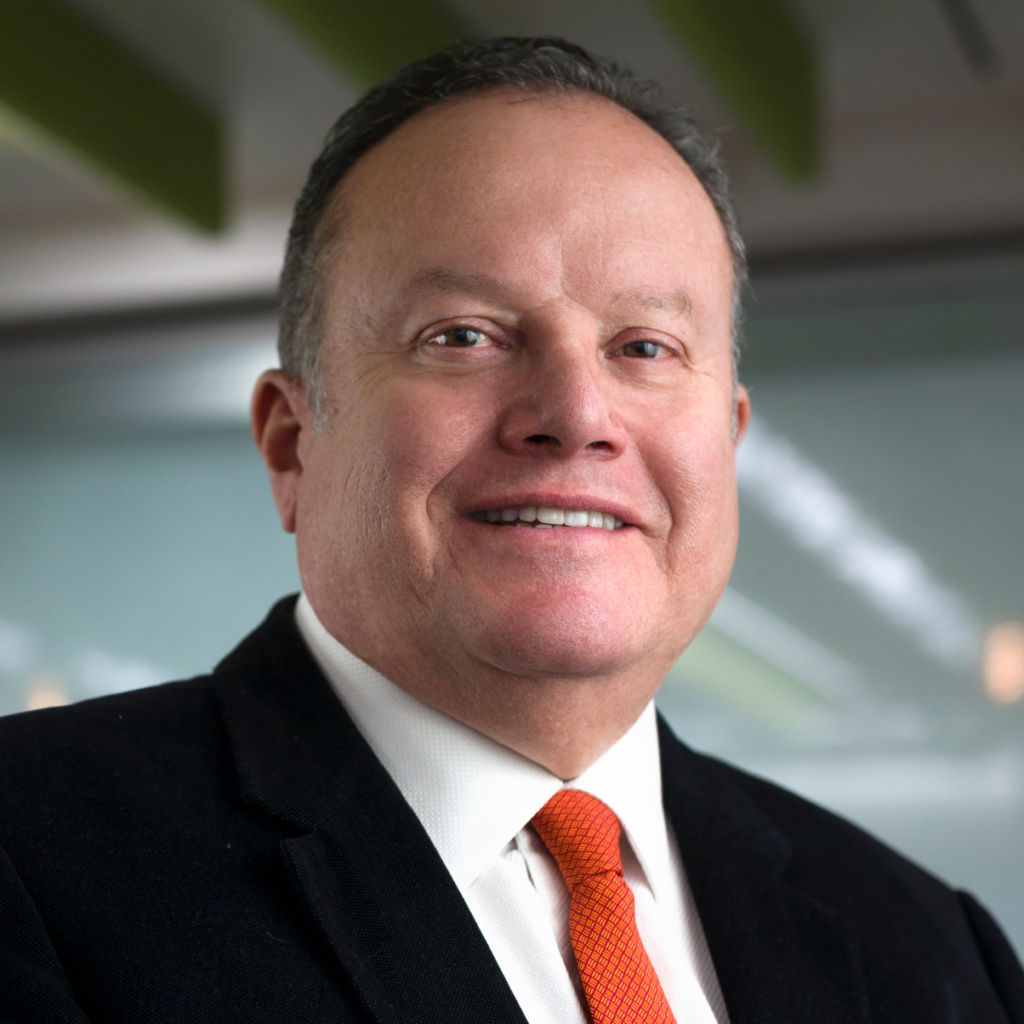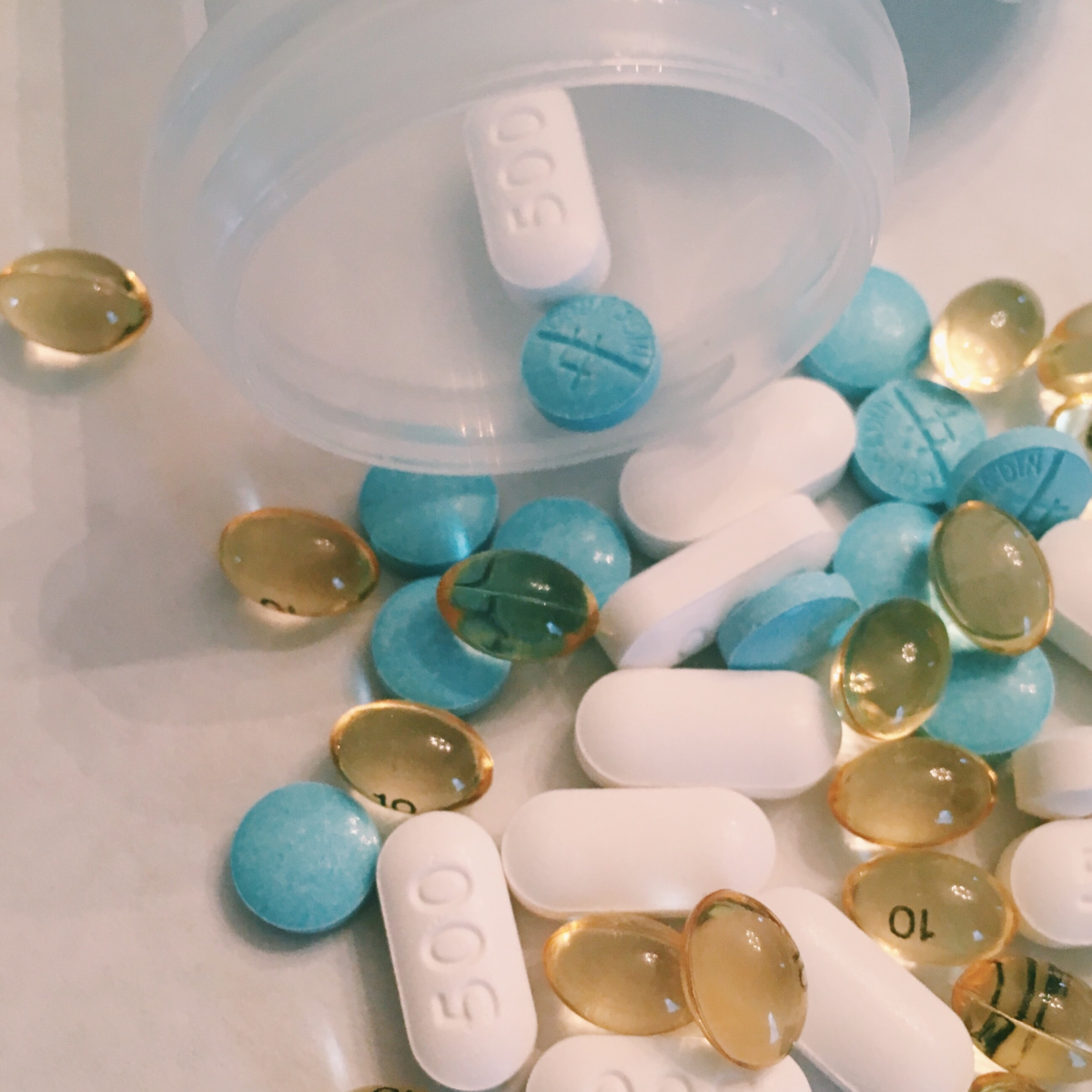Newest Treatment for Multiple Myeloma
A Conversation Rafael Fonseca, MD
Published in August 2021

In this segment on multiple myeloma and treatments, Dr. Rafael Fonseca describes a newer class of drugs known as “CELMoDs,” talks about the development of preventative vaccines for myeloma and who might benefit, and wrapping up his interview with a message for myeloma patients and caregivers.
Dr. Fonseca has been a practicing hematologist for almost three decades, now interim executive director at Mayo Clinic. As a veteran specialist of the myeloma field, he shares his insights on the latest in emerging treatments and clinical trial studies.
October 2021
The interview has been edited only for clarity.
What are “CELMoDs”?
CELMoDs are the last iteration of drugs that interact with a protein called cereblon. It belongs to the pathway of drugs such as originally thalidomide, lenalidomide, and pomalidomide that have been tried against multiple myeloma.
Iberdomide is a great example of this drug because they are small molecules. They come in an oral form. They’re pills.
There’s a couple of things we’ve learned. First, you can use much lower doses because through medicinal chemistry, people have learned how to better match this to the target protein. You need less of a drug.
More importantly, they can sometimes overcome resistance in patients who have failed to respond previously to things like Revlimid and Pomalyst, etc.
It’s a very exciting line of work and the data from early clinical trials is very promising.I would anticipate that they’re going to be part of our toolkit to treat multiple myeloma.
Venetoclax in Myeloma
Since you asked me about other compounds, another one that’s coming very fast to us is venetoclax. Venetoclax is a drug that is approved for other leukemias, but we have used that in myeloma, particularly in myeloma patients who have a specific genetic abnormality. Those are patients who have a translocation between chromosomes 11 and 14.
This is an abnormal fusion. For patients who hear this, this is something that your doctors would know about it. It is in the pathology report. It’s not genetics that are present in the rest of your body.
It’s nothing that you inherit, they’re passed on through generations. But if something had happened in those myeloma cells, and venetoclax has proven to be quite effective in this patient population so even more options there as well, too.
What’s the progress on preventative vaccines for myeloma?
I hear rumors we’re going to hear more and more results about successful outcomes with vaccination.
It’s very interesting because I mentioned before 15 years ago immunotherapies were just, for the lack of a better word, just not respected or the laughing stock in the cancer community because, “Oh here you come again with this result and it’s not effective, it’s not the right patient population.”
It turns out now immunology is the hottest thing in cancer therapeutics so vaccine specialists will not fall behind.
I think they can work in many settings. They can work in smoldering, potentially they can work in post-transplant MRD situations.
If we learn how to harness the immune system, that would remain one of the most powerful tools we have for the treatment of myeloma and every other cancer. I know there are at least three that I can think of that are under development.
Again, just excited to hear about positive results with that, and hopefully no vaccine hesitancy as we talked about vaccination for things like myeloma.
What’s your message to patients on the landscape of myeloma and treatment?
A, trust your team. I recommend to all patients at some point, and this is not self-serving, that they engage with Myeloma Center of Excellence, they can participate in the planning of their treatment or crucial moments. There are centers all across the country so you can work with one of them.
I always tell patients, ‘It’s better if I didn’t meet you here. It’s better if we met socially but we’re here.
Just know that there are options and there’s significant room for hope and optimism as we think about the future of myeloma.’
If I see a patient who’s newly diagnosed today, there’s a pretty good chance that that person has a median survival that will exceed a decade, 10 years, with the best available treatment. I always tell them, “How I will treat myeloma 10 years from now, I simply don’t know.”
Some of the patients that are relapsing now who were treated with therapies of 10 years ago who perhaps were not on maintenance, it’s almost as if they started anew.
That is just because the treatments that give them the control not only are valuable for the control they give, but also for the options that they open into the future.
